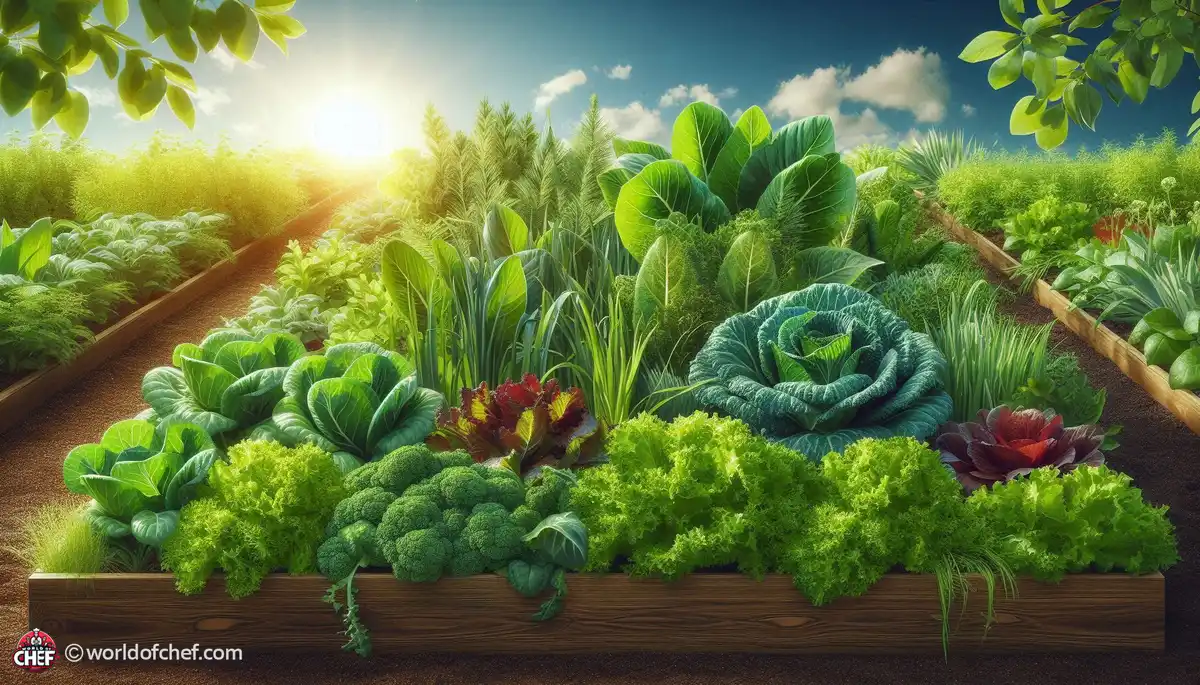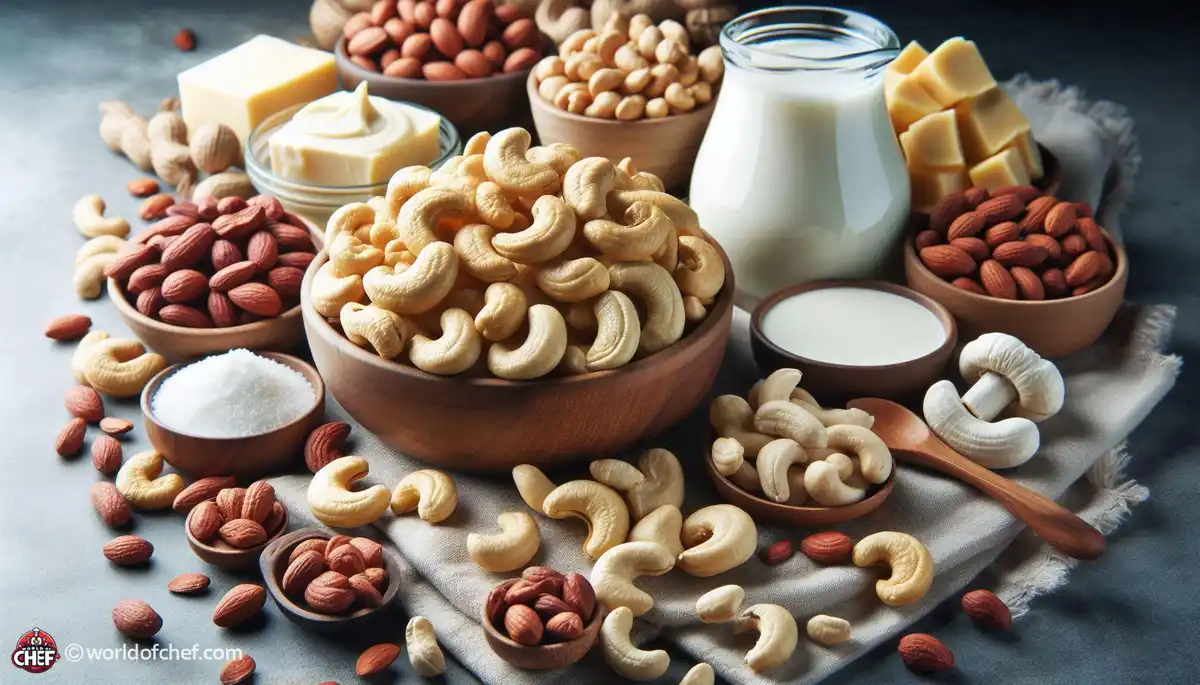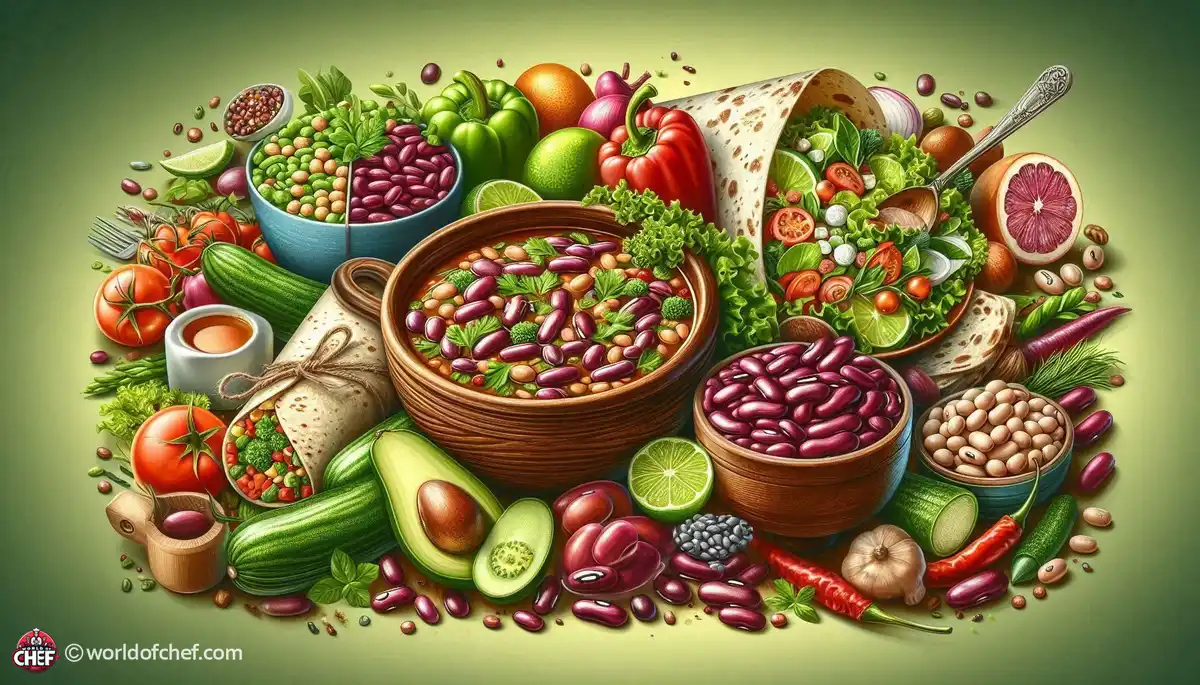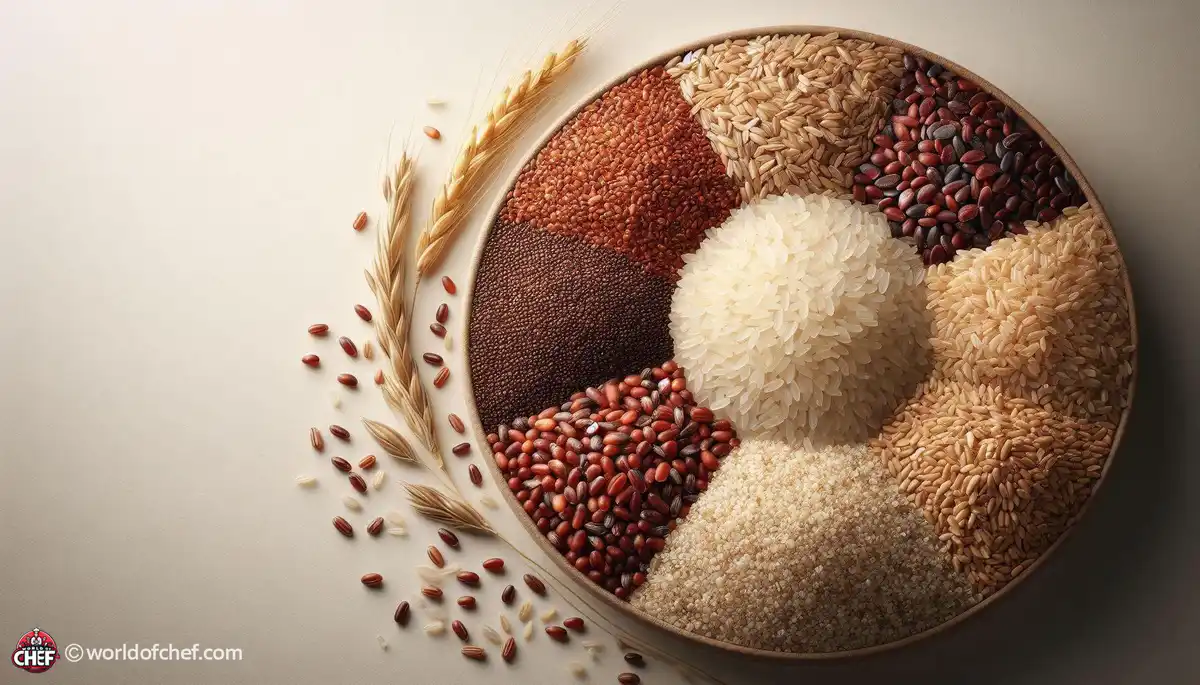
Unveiling the Power of Cruciferous Vegetables in Cancer Prevention
Eloise Jester - Mar 26, 2025 - 8 min read


The choice for growing your own Leafy Greens is numerous. Classic favorites such as spinach and lettuce or more exotic varieties such as kale and Swiss chard offer different Flavor Profiles and nutritional benefits. Take the time to research and explore the options available and choose those best suited to your taste preferences and conditions.
First, consider the specific growth conditions in your garden or indoor space. There exist various needs among the leafy greens when it comes to sunshine, soil, and even water. Spinach and lettuce are those that appreciate cooler temperatures and partial shadiness. Kale, Swiss chard prefers full sunlight with well-drained soil, to name a few examples. If you know these conditions, then you should select those most likely to grow in your environment.
You'll then source seeds or seedlings. Choose any good supplier who offers top quality seeds or well-structured, healthy seedlings. If you can choose organic or heirloom types, these tend to be far more flavorful and nutritious in content. Whether starting with seeds or transplanting seedlings, you should read the package instructions carefully so that you're giving your leafy greens the best possible chance of life.
While the art of successful growing of leafy greens centers on finding the right space for your garden or a container, most leafy greens prefer full sun or partial shade. So look for such an area that can expose your plants to at least six hours of direct sunlight in one day. In case of indoor growing, position these plants in front of south windows or install grow lights. Select also an area that has excellent ventilation and does not result in moist buildup, which could attract unwanted growths, such as molds and mildews.
Leafy greens can be a hobby for low maintenance, but when it comes to soil type, they are needy. So, you might want to prep your soil before sowing by adding some compost or aged manure for its structure and fertility to improve. Leafy greens prefer a slightly acidic and well-drained soil condition, with a pH ranging from 6.0 to 7.0. For crops grown in containers, utilize a quality potting mix, especially a mix that is tailored for vegetable crops; it will allow the right amounts of water retention and nutrient delivery.
For leafy greens, constant watering is essential to the plant's healthy and vibrant growth. They like moist soil, but are easily prone to rot and disease if overwatered. Water your plants deeply and evenly, saturating the root zone without allowing water to pool on the surface. To prevent moisture-related problems, water your leafy greens in the morning, allowing them to dry a bit before nightfall. Keep an eye on the weather and adjust the schedule according to the weather conditions. Water frequently in times of hot dry weather, but not as much during cool rainy weather.
Whether seed or seedling, ensure there is adequate space for leafy greens to grow. Plant seeds or seedlings at the right depth and spacing according to the seed packet or plant label. For most leafy greens, plant seeds about ¼ to ½ inch deep and 6 to 12 inches apart depending on the variety. If you are planting rows, space the rows 12 to 18 inches from each other to allow sufficient air circulation and easy maintenance of the plants, watering, and harvesting.
Leaves need a constant supply of nutrients besides sunlight and water to grow and develop. To ensure your plants obtain the nutrients they need, you can add a balanced fertilizer with vegetables to the soil. A fertilizer high in nitrogen will give the plants healthier leafy growth, but read the instructions carefully so that you do not overfertilize the plants. Organic mulches such as compost and shredded leaves can be used to infuse nutrients into the soil as well as retain moisture.
All garden vegetables are vulnerable to pests and diseases that will damage their health and productivity if not taken care of. Continuously monitor your plants so any problem that appears to enter as highlighted by yellow leaves, holes, or chewing on the plant, and some peculiar growth or color change. Common diseases in leafy greens include leaf miners, caterpillars, aphids, powdery mildew, and damping-off. If you have the pests or diseases, then intervene early to prevent its occurrence. This can range from hand-picking those pests, applying organic fungicides or insecticides, practicing good garden hygiene to reduce a future outbreak.

Eloise Jester - Mar 26, 2025 - 8 min read

Wayne Tobar - Mar 23, 2025 - 6 min read

Harold Turcios - Mar 19, 2025 - 7 min read

Nevaeh Zeng - Mar 16, 2025 - 6 min read